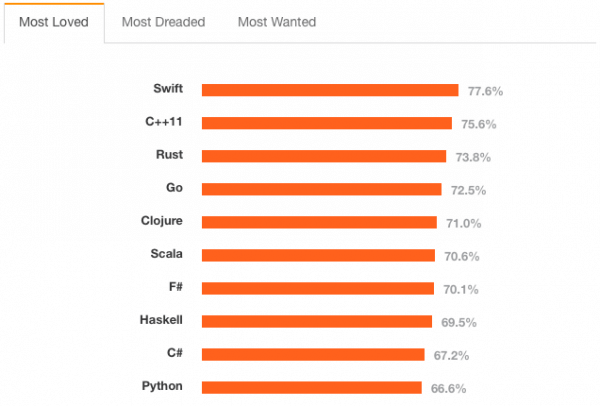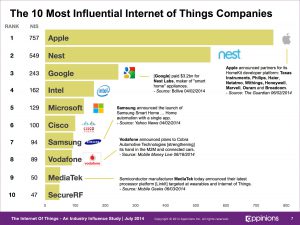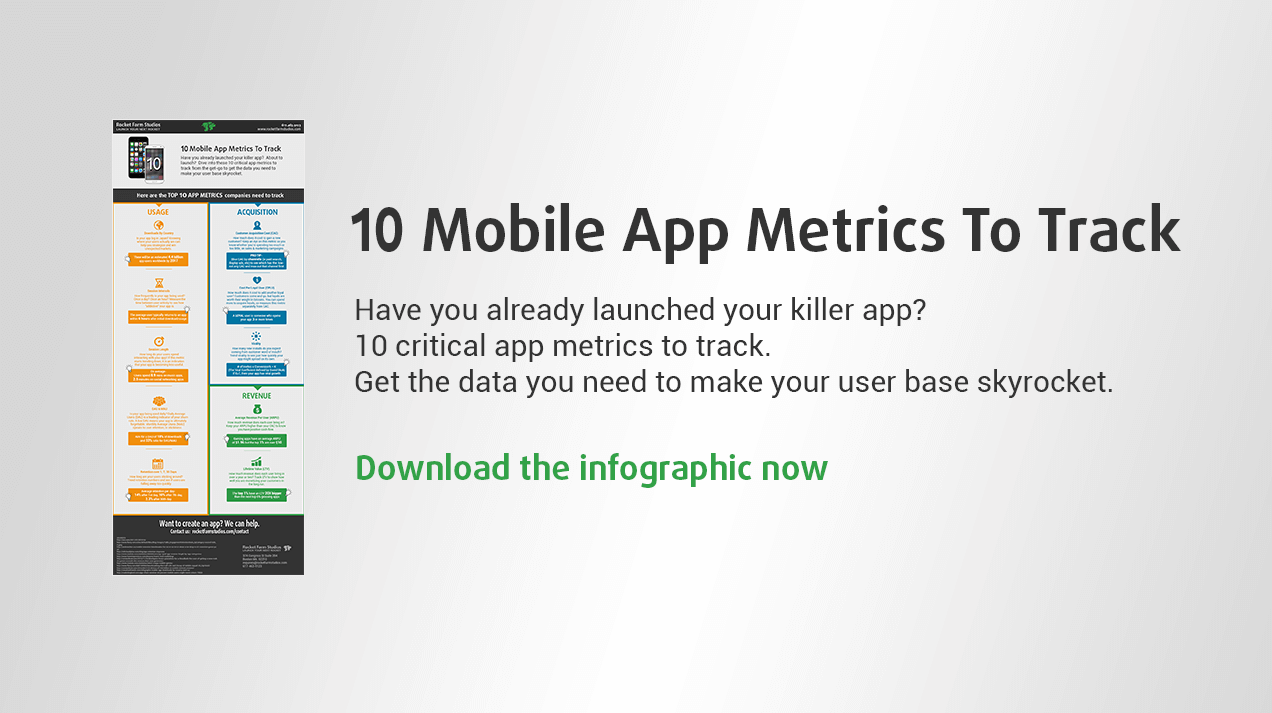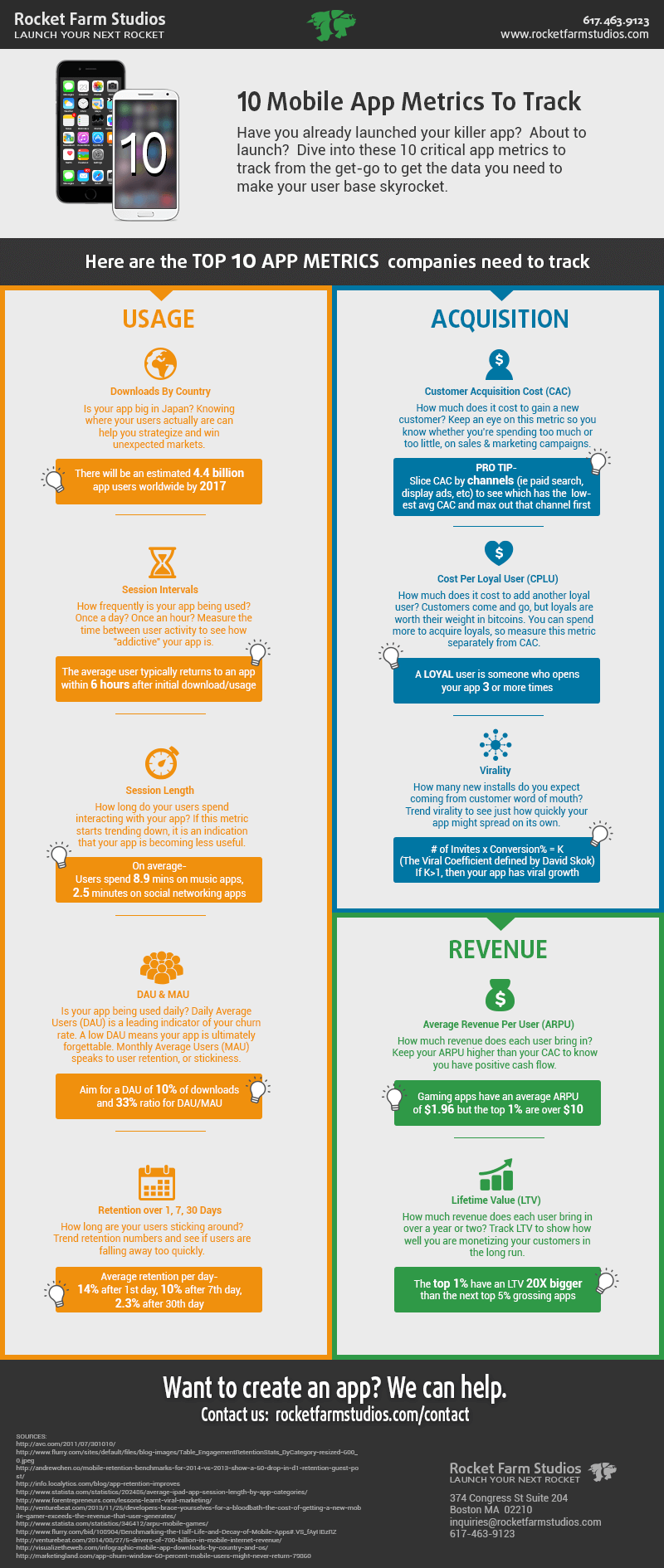We’re always on the look out for great developers because, to be honest, great developers are hard to find. You’d think in this digital age, everyone would be graduating with a computer science degree, but both in the US and in other countries, there seems to be a shortage of software developers. Only 6% of 200 enterprise companies in one survey said they had enough mobile app developers on staff. As everyone goes mobile, the demand right now is huge and there just isn’t enough supply.
While it takes years to become a truly skilled developer, there’s no better time than today for those interesting in coding to take the plunge. We’ve polled some of our great developers for advice on how best to get started, and we’ve come up with a list of 7 online programs that will teach you how to code.
1. Ray Wenderlich (www.raywenderlich.com)
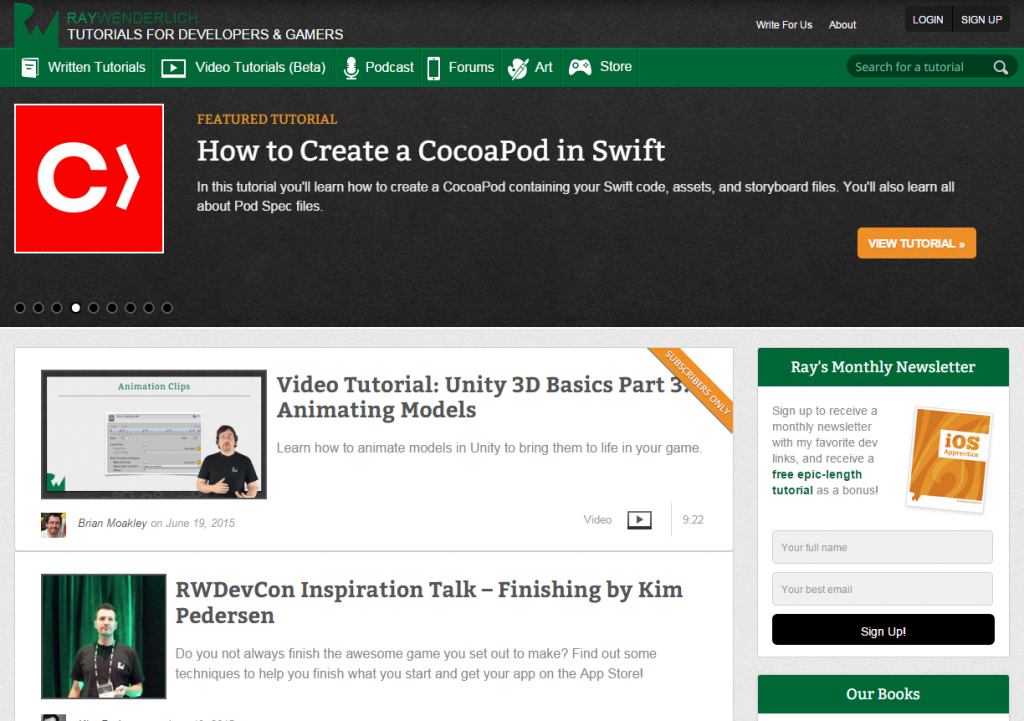
Ostensibly a blog, but much more than that, this site has over 800 tutorials, most of which are geared specifically for app development. Another strength is the site’s commitment to growing a good community of developers helping each other out. The written tutorials are free and as of this writing, you can subscribe to their video tutorials for $15/month. We refer our own network of developers here all the time for specific tutorials. Of course, as a depot of information, it’s less structured than an actual school or bootcamp, so it’s best utilized with those with great self-discipline.
2. The Mobile Makers Academy (www.mobilemakers.co)
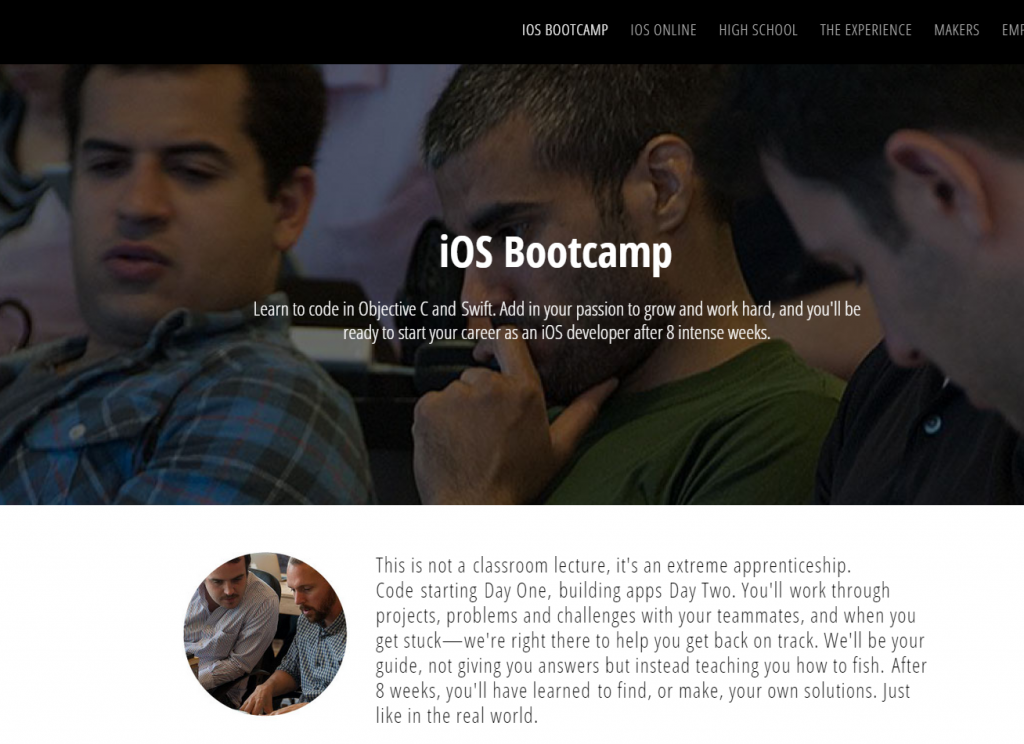
Mobile Makers is an iOS specific bootcamp with enough clout that prospective students need to apply to get in. It’s an 8-week course that provides an immersive experience and gets students coding right away, and when they say bootcamp they mean it. If you enroll, get ready to put in long hours in and out of class reading, learning, and working on assignments. It’s definitely not for the casual student, but if you’re dead serious about learning to code and you’ve got the time, Mobile Makers is a great bet. The online version is $5000 while the on-site bootcamp runs $9000 in Chicago and $11,000 in San Francisco.
3. Treehouse (www.teamtreehouse.com)
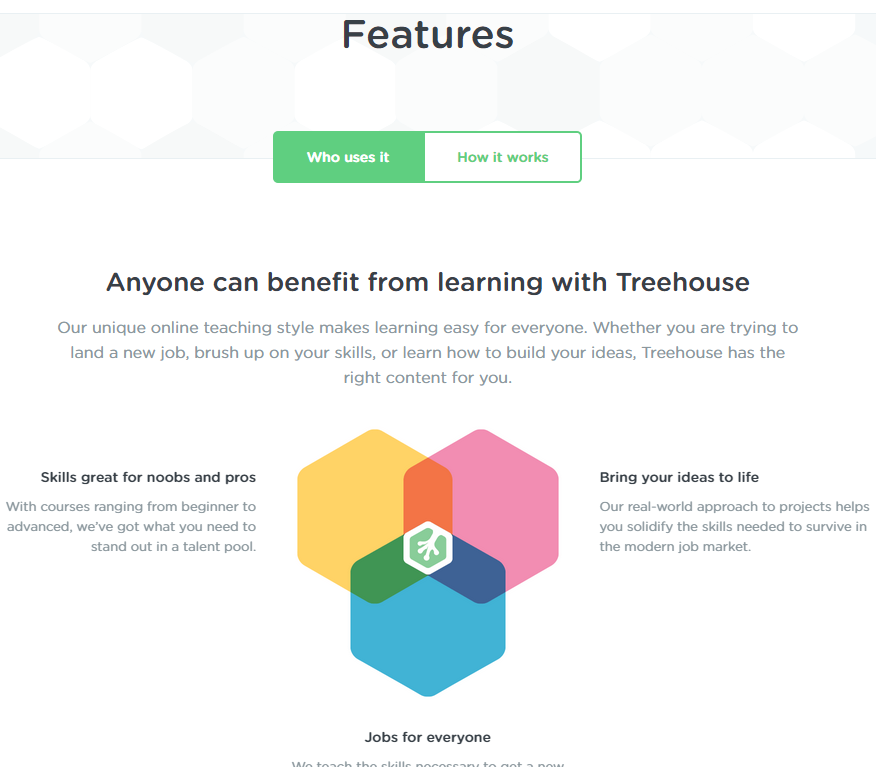
If you’re a complete beginner to coding mobile apps, Treehouse might be what you’re looking for. They bridge the space between free tutorials and intense bootcamps offering access to curated content, guided practice and a thriving community. Earning praise for their clear tutorials and approachable entry into coding, Treehouse comes highly recommended by online communities and businesses. Their basic plan starts at $25/month. Since it’s not a bootcamp or a school, it’s better for those with self-direction.
4. Bloc (www.bloc.io)
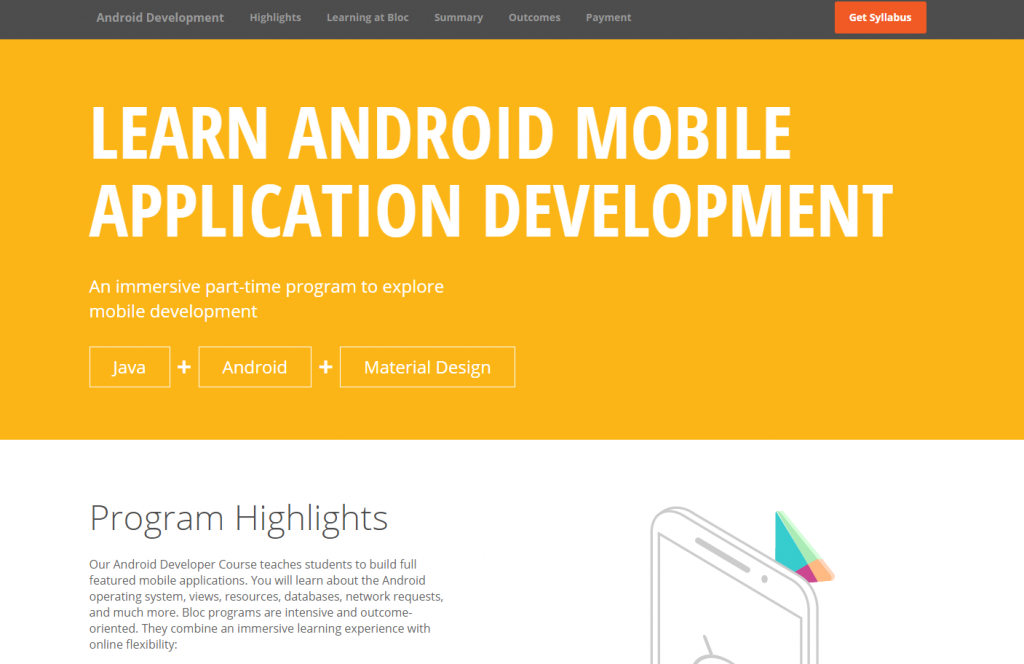
Bloc is probably the world’s largest online bootcamp. They’ve been around a while and always receive high marks. Specifically, we’ve heard very good things about their Android program. While it’s not as intense as other bootcamps (it’s part-time ranging from 12 to 36 weeks), it’s completely online for your convenience and as immersive as possible by giving you access to a seasoned mentor to hold you accountable to lessons and assignments. For $4,999 to take the courses, it’s a serious option for dedicated students who have the desire but not the freedom to take full-day classes.
5. Code School (www.codeschool.com)
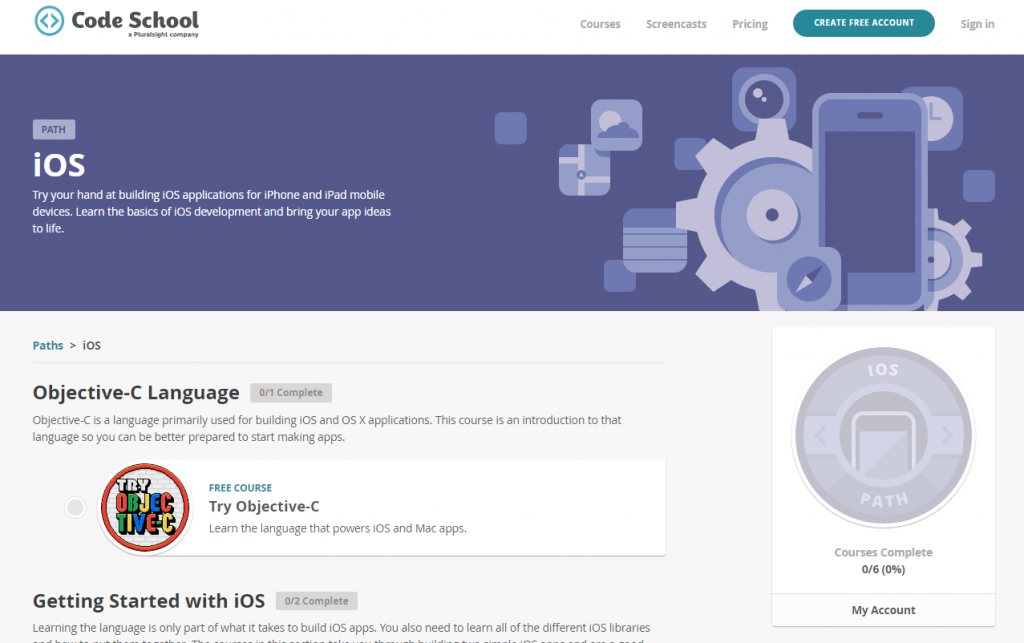
For those who already have some programming experience, and want to add iOS to your skill set, Code School’s courses have a ton of good buzz with over a million students. Again, complete beginners might not find what they need here, especially if they need a lot of guidance, but if you already know some code the courses and screencasts will quickly get you up to speed on a new language. One great feature is the ability to sign up as a team, and Code School will help track team progress on lessons and maintain a leaderboard to foster friendly competition. Starts at $29/month.
6. Github (swifteducation.github.io)
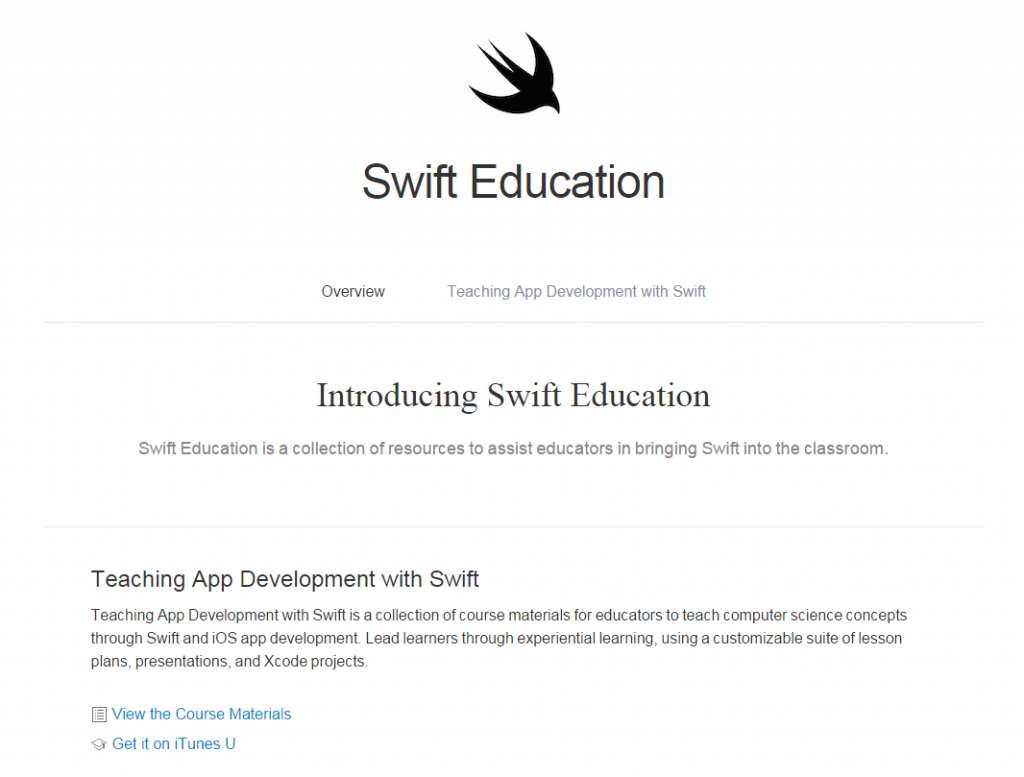
Technically for educators who want a course guide and materials to teach others, Apple’s Swift Education on Github is still a great free way to learn to code for iOS, as long as you have the self-motivation and self-direction to stay on track. Made for those who already have some familiarity with object-oriented languages such as Java, Ruby or Python; since it is published by Apple themselves, the courses have everything you need to work in the Apple mobile environment. If you know a bit about coding already and want to really dig into Swift on your own time, check this out. After all, you’re probably already on Github anyway.
7. Codea (Codea app on iTunes)


Use an app to learn how to code an app. Makes sense to us. For those of you who want to casually give coding a chance, $14.99 will get you a surprisingly robust coding app that will introduce you to the basic concepts. It’s perfect for younger students who want to see how fun coding can be, allowing you to create games and simulations as you go. Coding on the Lua language and simplifying many concepts, Codea won’t be enough to get you a job, but it’s an easy entry to coding that will hopefully inspire a desire to learn more. After all, if you don’t see the beauty in the lines of code you produce, you won’t last long in the business.
Got some favorite online courses or bootcamps for mobile app programming? Sound off in the comments below.




